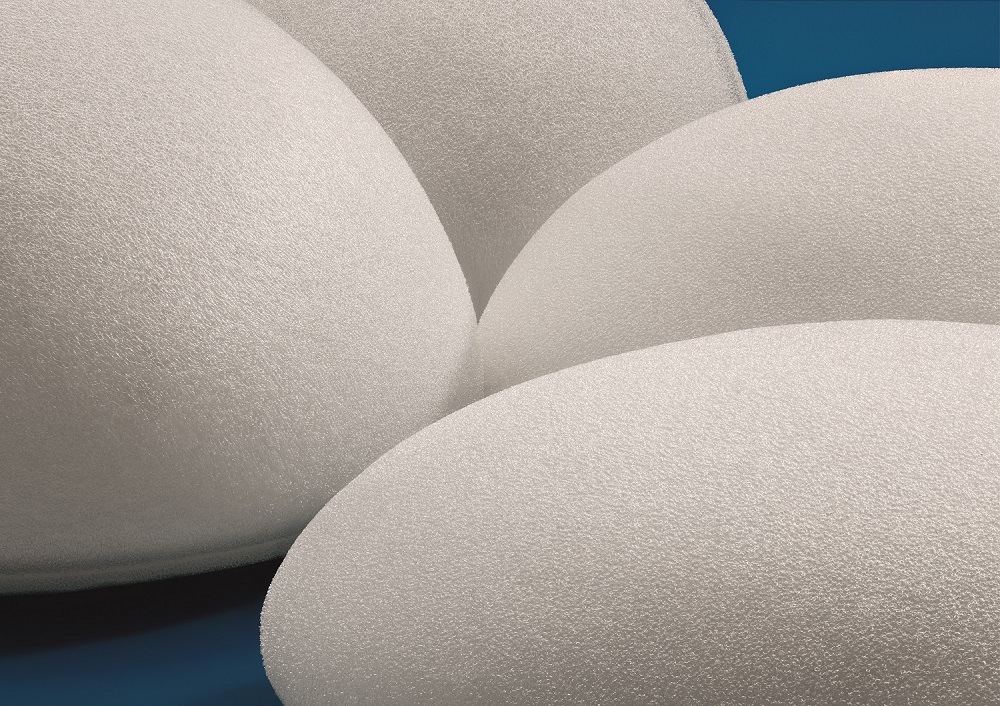Our materials
Silicone
Silicone is a natural material. It contains no additives, especially no plasticisers, and has been used in medical products for over 40 years. The basis of silicone is silicon, the second most common element on earth, right after oxygen. For example, the earth's crust is about 28% silicon and the material can also be found in stones, clay and sand.
Silicone has been used since the mid-20th century, especially for medical products. You can find it in probes, catheters, coatings of puncture needles and pacemakers, gloves and wound dressings.
In soft tissue surgery, silicone implants are used to compensate for congenital defects or features resulting from injury and aging. Many years of clinical experience and a vast number of tests have proven the safety of silicone in the medical environment. And intensive research has so far revealed no allergic reactions to silicone.
In our everyday lives, we encounter silicone in a wide variety of forms: as a foam-binding ingredient in food, as a water-repellent clothing coating, as an insulating material in electrical appliances, as an acid binder in stomach products or as a carrier in deodorants.
Silicone is manufactured as silicone elastomer, silicone gel and silicone oil. For implants, only medical-grade silicone approved for long-term implantation is used.

